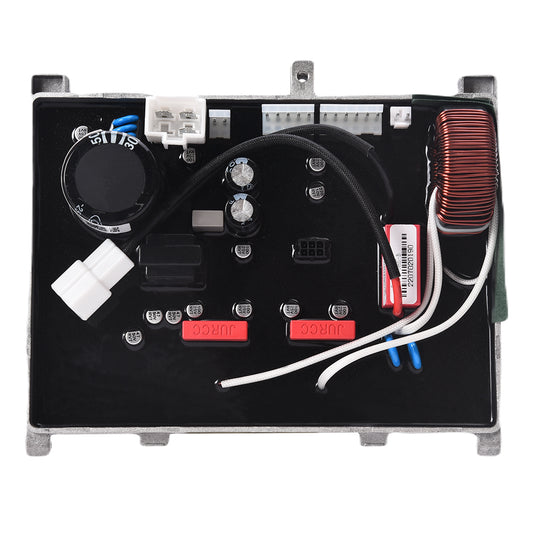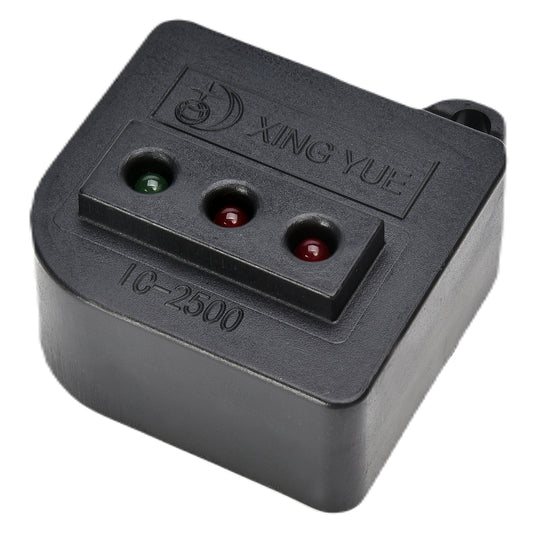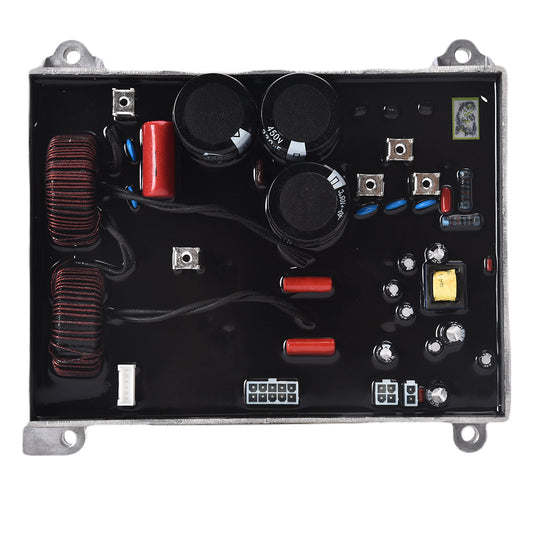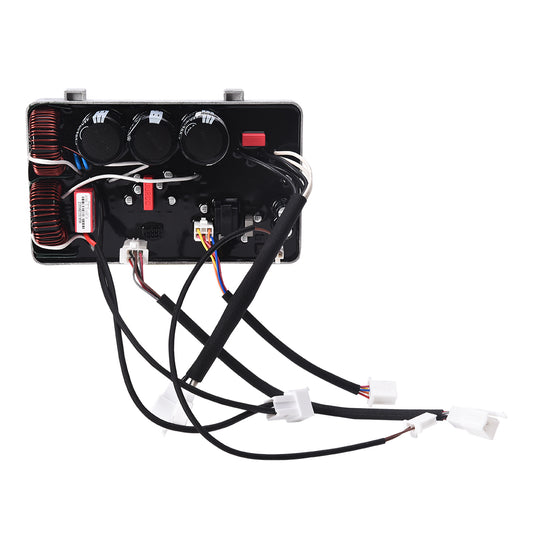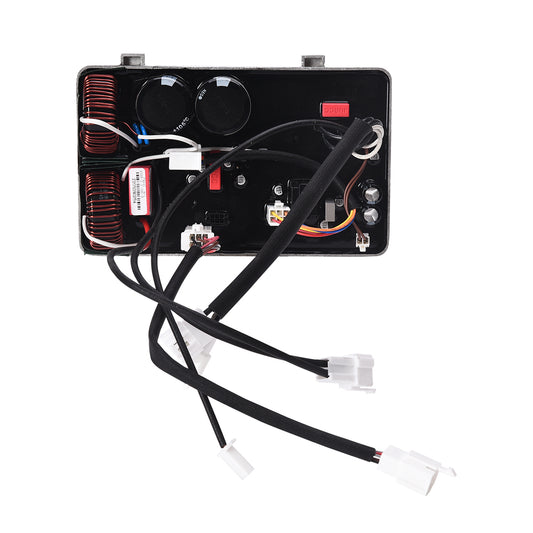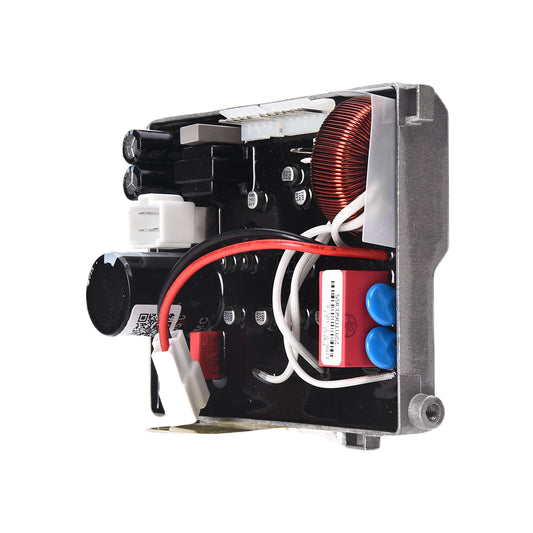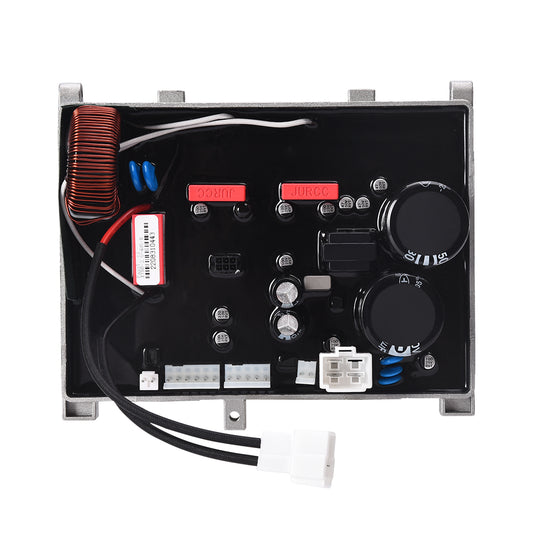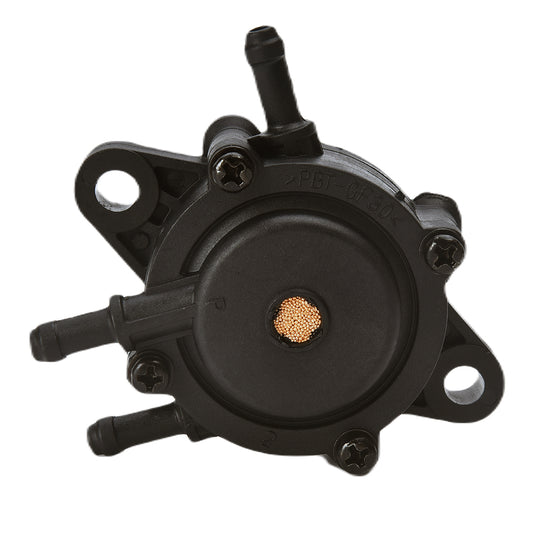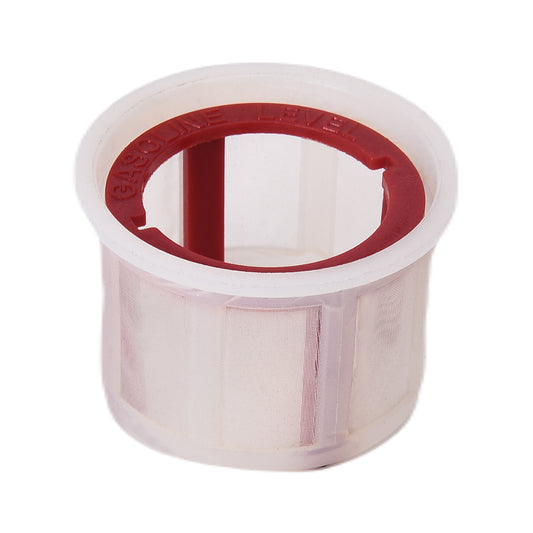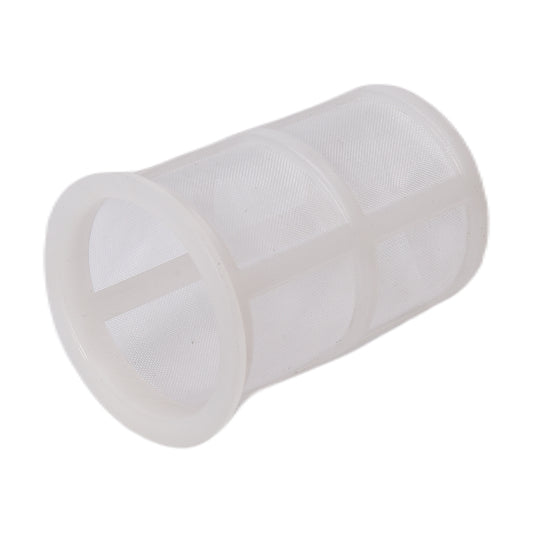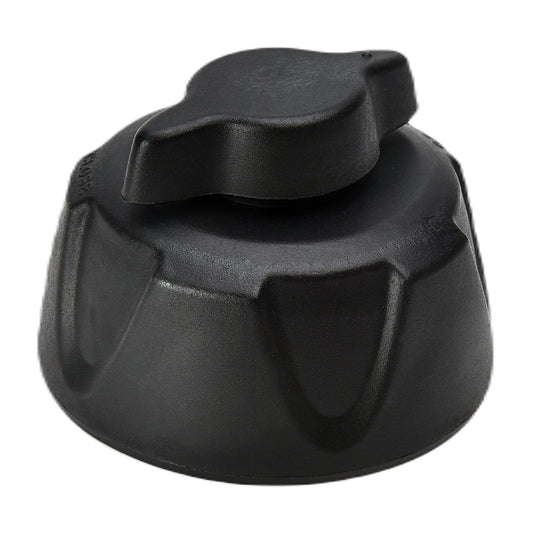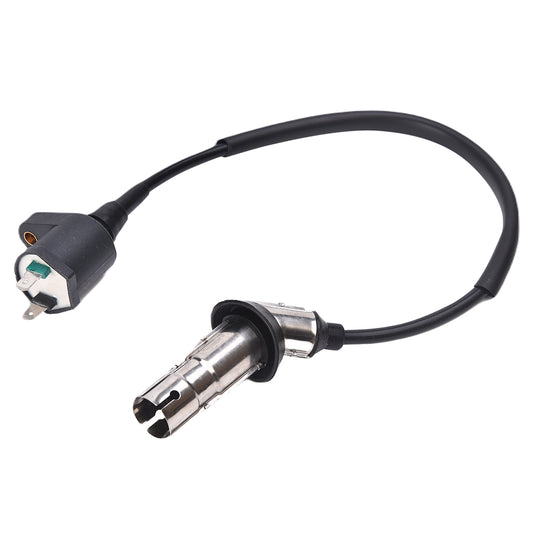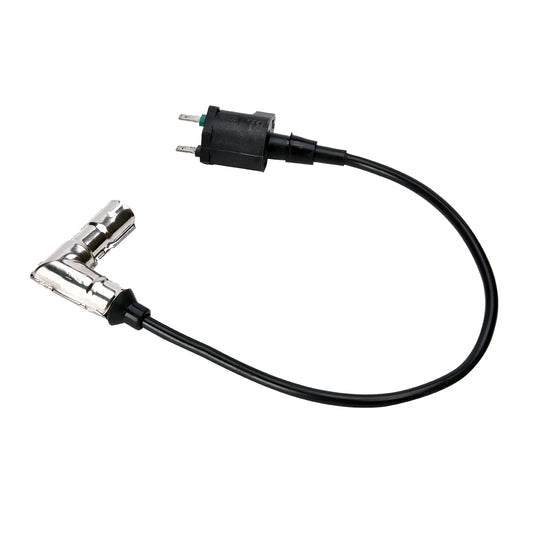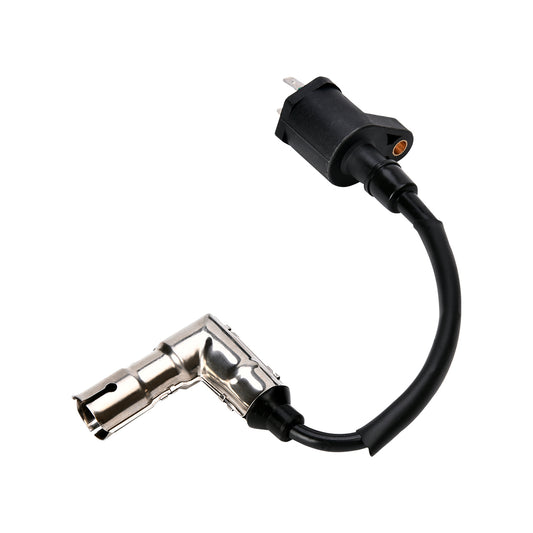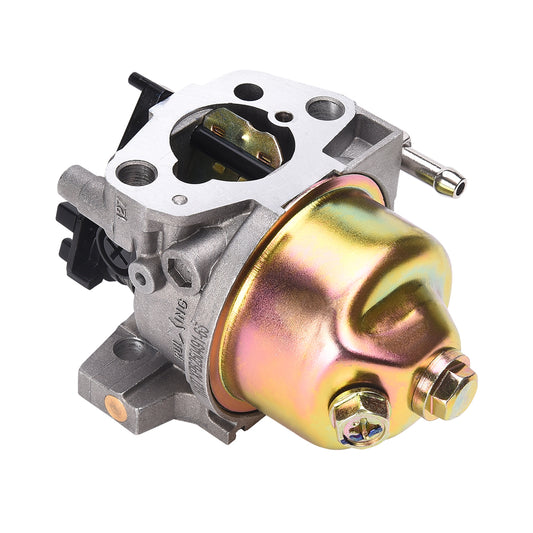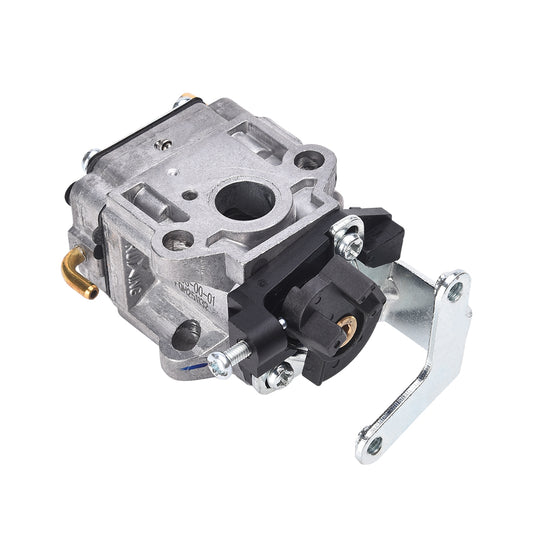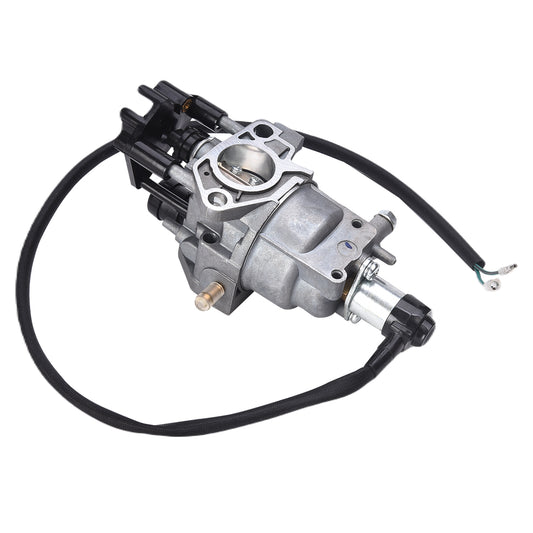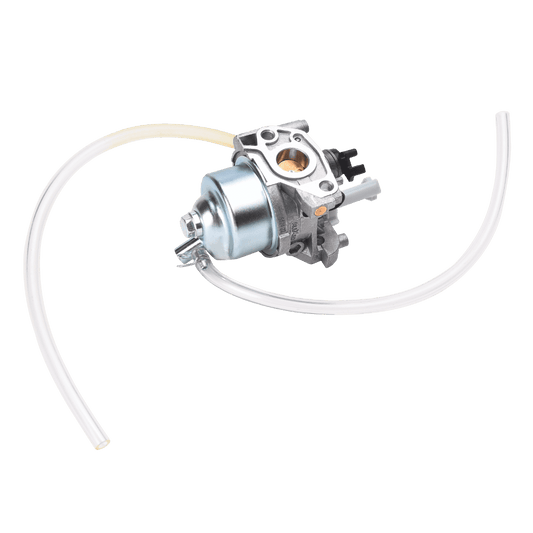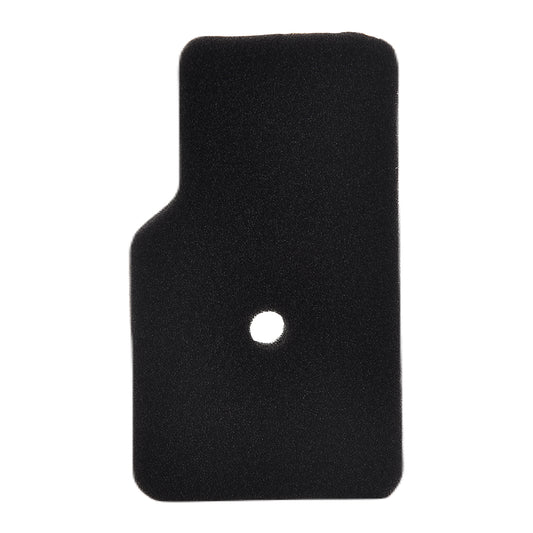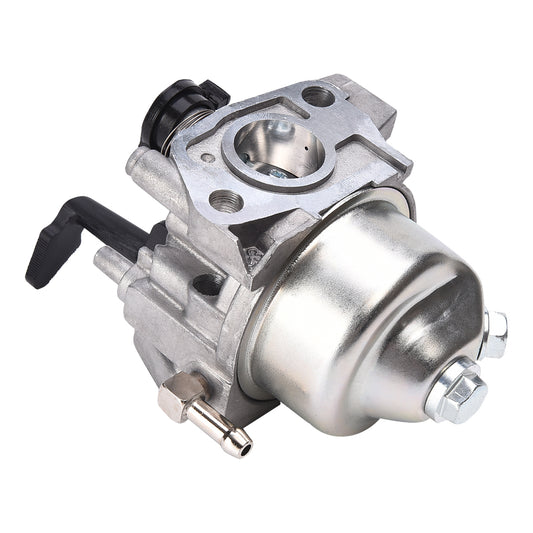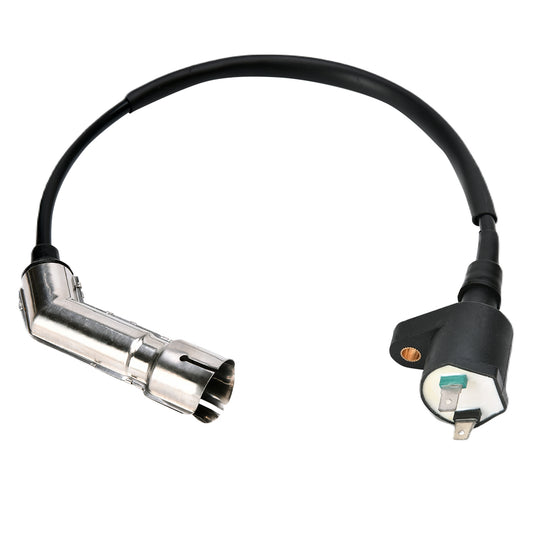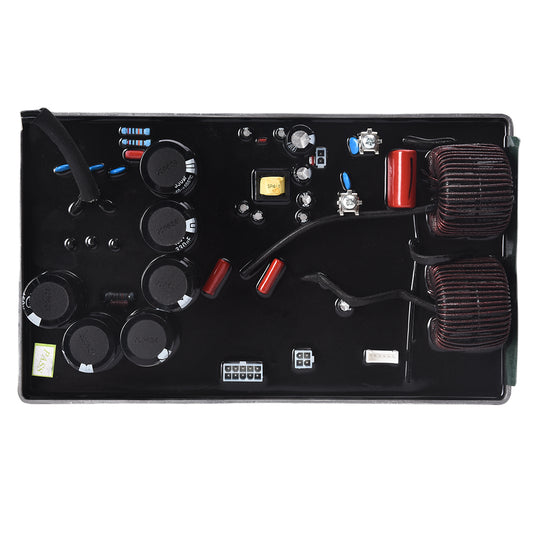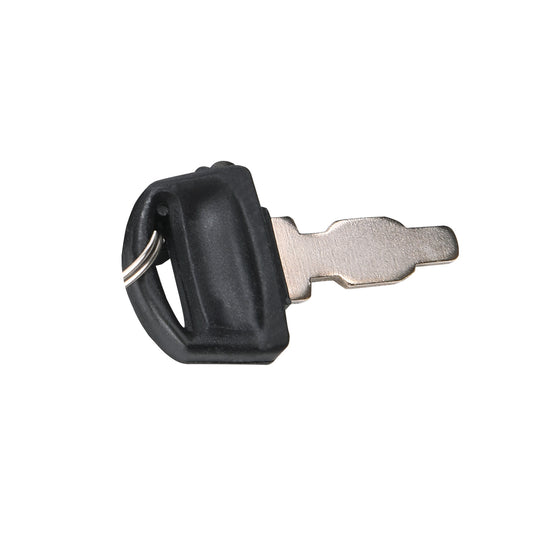Collection: Generator Parts
Generators are indeed one of the most convenient ways to get camping power. There's no installation needed-you just need to bring fuel if it's a diesel generator, or simply haul it in your caravan if it's an electric one. Currently, there are tons of available camping generators to choose from, but the emergence of inverter generators had a lot of adventurers switching to it due to several benefits.
Read more-
Regular price $189.00Sale price $189.00 Regular priceUnit price / perLearn More
BONANZA SALE
PLUS a further 15% off using code APRIL15
Pay only $160.65
Hurry! Promo ends 11/04/24 11:59 PM AEST. -
Regular price $229.00Sale price $229.00 Regular priceUnit price / perLearn More
BONANZA SALE
PLUS a further 15% off using code APRIL15
Pay only $194.65
Hurry! Promo ends 11/04/24 11:59 PM AEST. -
Regular price $209.00Sale price $209.00 Regular priceUnit price / perLearn More
BONANZA SALE
PLUS a further 15% off using code APRIL15
Pay only $177.65
Hurry! Promo ends 11/04/24 11:59 PM AEST. -
Regular price $199.00Sale price $199.00 Regular priceUnit price / perLearn More
BONANZA SALE
PLUS a further 15% off using code APRIL15
Pay only $169.15
Hurry! Promo ends 11/04/24 11:59 PM AEST. -
Regular price $189.00Sale price $189.00 Regular priceUnit price / perLearn More
BONANZA SALE
PLUS a further 15% off using code APRIL15
Pay only $160.65
Hurry! Promo ends 11/04/24 11:59 PM AEST. -
Regular price $189.00Sale price $189.00 Regular priceUnit price / perLearn More
BONANZA SALE
PLUS a further 15% off using code APRIL15
Pay only $160.65
Hurry! Promo ends 11/04/24 11:59 PM AEST. -
Regular price $189.00Sale price $189.00 Regular priceUnit price / perLearn More
BONANZA SALE
PLUS a further 15% off using code APRIL15
Pay only $160.65
Hurry! Promo ends 11/04/24 11:59 PM AEST. -
Regular price $70.00Sale price $70.00 Regular priceUnit price / perLearn More
BONANZA SALE
PLUS a further 15% off using code APRIL15
Pay only $59.50
Hurry! Promo ends 11/04/24 11:59 PM AEST. -
Regular price $79.00Sale price $79.00 Regular priceUnit price / perLearn More
BONANZA SALE
PLUS a further 15% off using code APRIL15
Pay only $67.15
Hurry! Promo ends 11/04/24 11:59 PM AEST. -
Regular price $89.00Sale price $89.00 Regular priceUnit price / perLearn More
BONANZA SALE
PLUS a further 15% off using code APRIL15
Pay only $75.65
Hurry! Promo ends 11/04/24 11:59 PM AEST. -
Regular price $59.00Sale price $59.00 Regular priceUnit price / perLearn More
BONANZA SALE
PLUS a further 15% off using code APRIL15
Pay only $50.15
Hurry! Promo ends 11/04/24 11:59 PM AEST. -
Regular price $109.00Sale price $109.00 Regular priceUnit price / perLearn More
BONANZA SALE
PLUS a further 15% off using code APRIL15
Pay only $92.65
Hurry! Promo ends 11/04/24 11:59 PM AEST. -
Regular price $109.00Sale price $109.00 Regular priceUnit price / perLearn More
BONANZA SALE
PLUS a further 15% off using code APRIL15
Pay only $92.65
Hurry! Promo ends 11/04/24 11:59 PM AEST. -
Regular price $109.00Sale price $109.00 Regular priceUnit price / perLearn More
BONANZA SALE
PLUS a further 15% off using code APRIL15
Pay only $92.65
Hurry! Promo ends 11/04/24 11:59 PM AEST. -
Regular price $105.00Sale price $105.00 Regular priceUnit price / perLearn More
BONANZA SALE
PLUS a further 15% off using code APRIL15
Pay only $89.25
Hurry! Promo ends 11/04/24 11:59 PM AEST. -
Regular price $109.00Sale price $109.00 Regular priceUnit price / perLearn More
BONANZA SALE
PLUS a further 15% off using code APRIL15
Pay only $92.65
Hurry! Promo ends 11/04/24 11:59 PM AEST. -
Regular price $129.00Sale price $129.00 Regular priceUnit price / perLearn More
BONANZA SALE
PLUS a further 15% off using code APRIL15
Pay only $109.65
Hurry! Promo ends 11/04/24 11:59 PM AEST. -
Regular price $109.00Sale price $109.00 Regular priceUnit price / perLearn More
BONANZA SALE
PLUS a further 15% off using code APRIL15
Pay only $92.65
Hurry! Promo ends 11/04/24 11:59 PM AEST. -
Regular price $39.00Sale price $39.00 Regular priceUnit price / perLearn More
BONANZA SALE
PLUS a further 15% off using code APRIL15
Pay only $33.15
Hurry! Promo ends 11/04/24 11:59 PM AEST. -
Carburetor Gentrax 3.5kW Generator (GS-CEDD)
No reviewsRegular price $109.00Sale price $109.00 Regular priceUnit price / perLearn MoreBONANZA SALE
PLUS a further 15% off using code APRIL15
Pay only $92.65
Hurry! Promo ends 11/04/24 11:59 PM AEST. -
Regular price $129.00Sale price $129.00 Regular priceUnit price / perLearn More
BONANZA SALE
PLUS a further 15% off using code APRIL15
Pay only $109.65
Hurry! Promo ends 11/04/24 11:59 PM AEST. -
Regular price $389.00Sale price $389.00 Regular priceUnit price / perLearn More
BONANZA SALE
PLUS a further 15% off using code APRIL15
Pay only $330.65
Hurry! Promo ends 11/04/24 11:59 PM AEST. -
Regular price $13.00Sale price $13.00 Regular priceUnit price / perLearn More
BONANZA SALE
PLUS a further 15% off using code APRIL15
Pay only $11.05
Hurry! Promo ends 11/04/24 11:59 PM AEST.
Generators are indeed one of the most convenient ways to get camping power. There's no installation needed-you just need to bring fuel if it's a diesel generator, or simply haul it in your caravan if it's an electric one. Currently, there are tons of available camping generators to choose from, but the emergence of inverter generators had a lot of adventurers switching to it due to several benefits.
For one, they are lighter and smaller so there's no hassle carting them during your camping trips. They also have a higher quality power output and a higher fuel efficiency ideal for powering your appliances even in off-grid locations.
Inverter generators are considered quiet generators too, because of their discreet runtime. This is especially important if you're staying in campsites with specific decibel requirements for generators. You get extra peace and quiet, aside from the added confidence that you won't run out of power provided that you have considered your generator size properly based on your power requirements.
A single generator unit is composed of several parts. Each of these generator parts works hand-in-hand from the moment you switch on your generator until you're done using it. Learn more about a standard fuel generator's main components, their functions, as well as basic information on how they operate.
What Are the Primary Parts of a Portable Generator?
As mentioned earlier, generators typically have a lot of parts but there are five main components that support their operation. These genset parts are always present in each unit, so before buying one, it's good to have an idea of them and their corresponding function.
Internal combustion engine: This is the workhorse of your generator, where the initial process takes place. It has chambers where fuel is injected to create a spark that is eventually converted into mechanical energy.
Alternator: The alternator for generator is where the conversion of mechanical energy happens. It's usually composed of a rotator that creates a magnetic field around wound coils which generates a group of electrons.
Starter: As the name suggests, this part is used to kickstart your generator. A generator starter can either be battery-powered or use a pull-cord mechanism.
Fuel tank: Since most portable generators are fueled with gas, diesel, or propane, having an appropriately-sized fuel tank is a must. Keep in mind though, that fuel does not last forever and may cause issues if left stagnant for too long. Make sure you run your generator every now and then to keep it ready for use.
Outlets: These are where you plug your appliances or gadgets. The number and type of outlets your generator has are dependent on its model, built, and price. Chances are, the more expensive your generator is, the more outlets you'll have to accommodate different types of load.
How Do Generators Produce Electricity?
A generator's function of supplying power is more of a conversion process rather than production. This can be broken down into simple, basic steps that can easily be understood by users.
Step 1: Whatever you use to operate your generator be it diesel, propane, or gasoline, will generate mechanical energy through your engine.
Step 2: Your alternator will then use this mechanical energy to push electrical charges in your generator's wiring through an electrical circuit.
Step 3: This movement creates a motion within the electric and magnetic fields, which is the rotor generating a moving magnetic field around the stator that contains electrical conductors.
Step 4: The rotor converts the DC current to AC current to be able to power most camping appliances and electronic devices.
Step 5: The generator supplies electricity to your campsite, home, or any establishment for a certain amount of time, depending on its capacity.
How Do You Maintain Your Generator?
Whether you have a famous brand of generator and generator accessories like Honda generator parts, for instance, it would still become vulnerable to issues without proper maintenance and ample knowledge on common generator problems. Generators usually incur damage due to a dead battery, fuel leak, control malfunction, and extreme heat exposure. The key to keeping your generator performing at its best is regular maintenance. The simple task of changing filters, oil, and cleaning up dirt build-up actually can go a long way as it directly affects the output that your generator provides. Routine maintenance such as testing and running your unit from time to time is also crucial to ensure that it will work well in case of a sudden power failure.
More from Outbax
Get your hands on some of the best generators for sale here at Outbax. We have several types of quality Gentrax generators here including petrol generators, remote starter generators, and even marine generators! They're even available in different capacities so whether you need a 3kVA generator or a 2kVA generator, we got you covered. Need replacement parts? Our section for generator parts has all the necessary components that a unit needs. Outbax serves as a one-stop online shop for camping gear particularly portable power sources so aside from inverter generators we also sell lithium batteries, solar panels, and power stations. The most exciting part? They're of top-notch quality but retail for an affordable price! Shop now!

